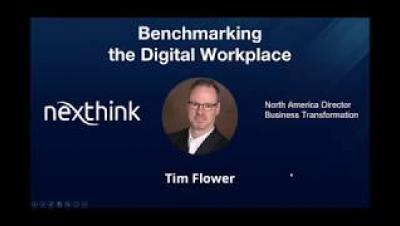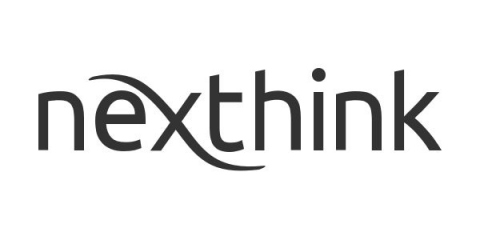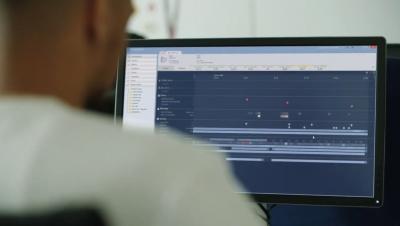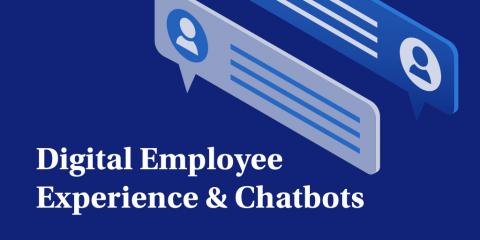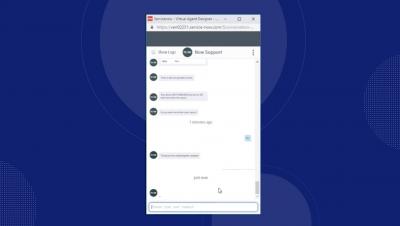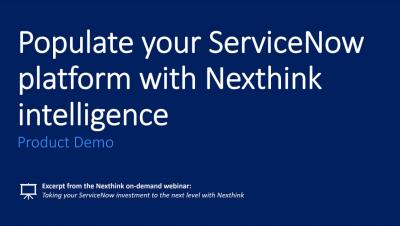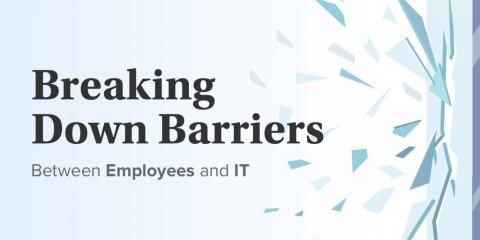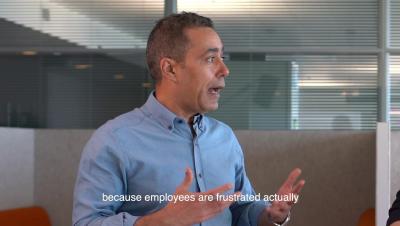Operations | Monitoring | ITSM | DevOps | Cloud
Nexthink
Applying Design Thinking to the Employee Experience
It’s highly likely that you’ve heard the term “design thinking” used in a business or product context this year. Telling your developers, your engineers, your company to apply “design thinking” to their projects is in vogue. But what exactly is “design thinking”? And how does it apply to today’s workforce and the modern business world?
Nexthink Empowers IT. People. Business.
The Digital Experience Score - Aligning the Enterprise Around a Common Goal
The release of Nexthink’s Digital Experience Score earlier this year was an important milestone for the company and was the outcome of many conversations we had with our customers over the last few years. It has probably been five years since I first heard a customer talking about the need for metrics to address the challenges they were having in taking a more employee-centric approach to their business.
Evolving Digital Employee Experience - the Next Generation of Chatbots is Powered with Actionable Insight
It is difficult to overstate the importance and impact that Artificial Intelligence (AI) has had on the employee experience. This is crystal clear when you see how employees are interacting with their IT departments. Employees expect technology to just work. When there are technical problems the expectation is that fixing the issue will be fast and seamless. An increasingly important part of meeting this employee demand is the virtual agent, or chatbot.
Nexthink's Chatbot Integration: Overview
Nexthink ServiceNow Integration: Populate your ServiceNow platform with Nexthink | Use Case
Why Your Employee Survey Approach Doesn't Cut It
Think you’re getting the right employee feedback on digital workplace experience? Think again! In today’s digital age, we are bombarded by an incredible amount of inquiries of all sorts, from NPS surveys on websites to QR codes at store checkouts and, not to mention, countless emails.
Breaking Down the Barrier Between Employees and IT
In the traditional enterprise architecture, IT departments are far removed from employees and often even viewed as a secluded area of the business. Sure, IT would come help you relatively quickly if your computer wasn’t working or an application kept crashing, but for the most part, the IT employees kept to themselves, working hard to keep the network up and running and ready to put out the occasional fire when called upon.


